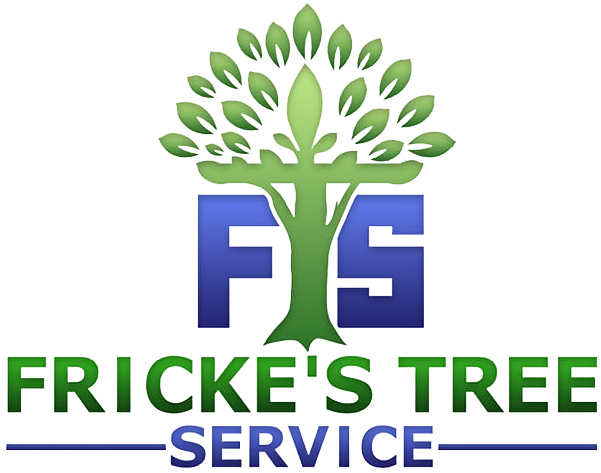Fricke's Tree Service
How Land Clearing Improves Drainage and Prevents Erosion
Land clearing is a crucial practice that plays a significant role in enhancing drainage and preventing erosion. By removing excess vegetation and debris, land clearing creates a more manageable landscape that can effectively handle water runoff and soil stability. This blog post will delve into the various ways land clearing contributes to improved drainage systems and erosion control, ensuring that both agricultural and urban areas can thrive.
Understanding Land Clearing
Land clearing involves the removal of trees, shrubs, and other vegetation from a specific area. This process is often necessary for agricultural development, construction projects, and land management. While it may seem counterintuitive to remove plants that naturally stabilize soil, the benefits of land clearing in terms of drainage and erosion prevention are substantial. The practice not only prepares the land for new uses but also helps in managing the natural resources more effectively. Understanding the nuances of land clearing is essential for anyone involved in land management, agriculture, or urban planning.How Land Clearing Improves Drainage
Effective drainage is essential for maintaining healthy soil and preventing waterlogging. Here are some key ways land clearing enhances drainage:- Increased Soil Permeability: By removing dense vegetation, soil becomes more permeable, allowing water to infiltrate more easily. This reduces surface runoff and helps maintain moisture levels in the soil. Improved permeability is particularly beneficial in areas prone to heavy rainfall, where excess water can lead to flooding.
- Reduction of Compaction: Overgrown areas often experience soil compaction due to the weight of vegetation. Clearing the land alleviates this compaction, promoting better water absorption. This is especially important in agricultural settings, where compacted soil can hinder root growth and crop yields.
- Creation of Drainage Channels: Land clearing can facilitate the design and implementation of drainage channels that direct water away from vulnerable areas, preventing flooding and water accumulation. These channels can be strategically placed to optimize water flow and minimize erosion.
Preventing Erosion Through Land Clearing
Erosion is a significant concern for both agricultural and urban landscapes. Here’s how land clearing helps mitigate erosion:- Stabilizing Soil: While vegetation helps stabilize soil, strategic land clearing can create a balance that allows for the introduction of more suitable plants that better prevent erosion. This approach can lead to a more resilient ecosystem that can withstand environmental changes.
- Improving Water Flow: By clearing land, water can flow more freely, reducing the likelihood of pooling and subsequent soil erosion caused by water runoff. This is particularly important in hilly or sloped areas where water can quickly erode the soil.
- Facilitating Replanting: After clearing, land can be replanted with native grasses and plants that have deep root systems, which are more effective at holding soil in place. This not only helps in preventing erosion but also promotes biodiversity and supports local wildlife.
Best Practices for Land Clearing
To maximize the benefits of land clearing while minimizing negative impacts, consider the following best practices:- Assess the Area: Before clearing, conduct a thorough assessment of the land to identify sensitive areas that may require special attention. This includes understanding the local ecosystem and any endangered species that may inhabit the area.
- Use Sustainable Methods: Employ eco-friendly techniques that minimize soil disturbance and protect existing ecosystems. Techniques such as selective clearing and using machinery that reduces soil compaction can be beneficial.
- Plan for Replanting: Develop a replanting strategy that includes native species to enhance soil stability and promote biodiversity. This not only helps in erosion control but also contributes to the overall health of the ecosystem.
Case Studies: Successful Land Clearing Projects
Several successful land clearing projects have demonstrated the effectiveness of this practice in improving drainage and preventing erosion:Agricultural Land Development
In many agricultural regions, land clearing has been essential for creating arable land. For instance, farmers who cleared overgrown fields reported significant improvements in crop yields due to better water management and reduced soil erosion. These projects often involve careful planning and execution to ensure that the land remains productive and sustainable over the long term.Urban Development
In urban areas, land clearing has been used to create parks and green spaces. These projects not only enhance drainage but also provide recreational areas that contribute to community well-being. Urban land clearing initiatives often focus on integrating green infrastructure, such as rain gardens and permeable pavements, to further improve water management and reduce the urban heat island effect.Conclusion
Land clearing is a vital practice that, when done correctly, can significantly improve drainage and prevent erosion. By understanding the benefits and implementing best practices, landowners can create sustainable landscapes that thrive in both agricultural and urban settings. As we continue to face challenges related to water management and soil erosion, the importance of effective land clearing will only grow. It is essential for stakeholders to collaborate and share knowledge to ensure that land clearing practices are both effective and environmentally responsible, paving the way for a more sustainable future.SHARE POST
RECENT POSTS
Interested in Our Services?
Get in touch today to discuss your next project and we will happy to answer any questions and provide you with a no-obligation FREE Estimate.







